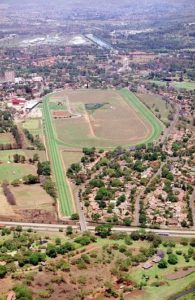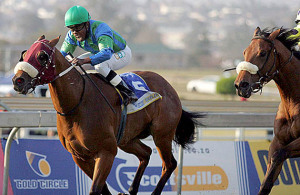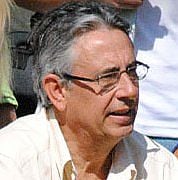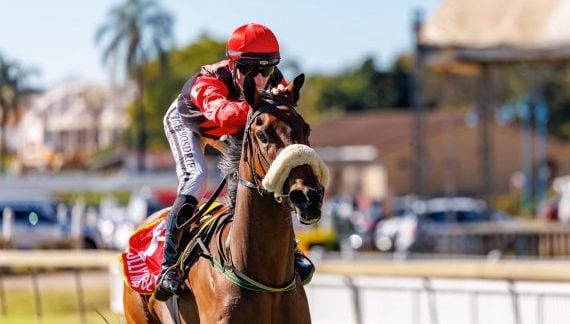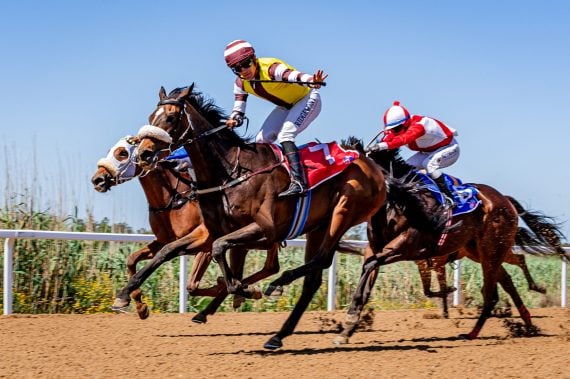In the aftermath of an outstanding day of sprint racing at Scottsville on Saturday, the glaring draw bias of the KZN Capital City’s straight track has come under fire from certain quarters. In an interview with the Sporting Post, Gold Circle’s Racing And Marketing Executive Graeme Hawkins has defended the status quo, suggesting that most straight tracks around the world appear to have a bias of some sort.
Hawkins started out by expressing the view that it really was unfortunate that so many, without any first-hand knowledge, or without having visited Scottsville themselves recently, have taken to slating the condition of the track on various forums including social media.
“Some of these people are licensed by the NHA and they should know better than to shout the odds from the touch line,” he suggested.
“The reality is that Scottsville is in very good condition and has received widespread praise from jockeys and trainers alike. One senior jockey who rode on Saturday, and who hasn’t been to Scottsville for a good few years, was especially vociferous in his praise for the surface.”
In a reference to the sad incident in the Tsogo Sun Sprint where Gauteng visitor Chekilli broke down, Hawkins said it was always a ‘very sad situation’ when a horse breaks down with catastrophic consequences.
“In this particular case the horse in question was owned by a good friend and that makes it even a tougher pill for me to swallow. But I am absolutely confident that the condition of the track had nothing to do with the injuries sustained by Chekilli – horses break down on even the best of surfaces, though fortunately it is a very rare occurrence that horses have to be euthanased on a race course.”
We asked if he could defend the criticism of the condition of the track and whether Scottsville was a unique case.
“The fact that Scottsville has a bias, appearing to favour horses drawn on the inside down the straight, is a totally different issue from the condition of the track. For whatever reason most (straight) tracks around the world appear to have a bias of some sort and it is a problem that track managers and racing administrators have grappled with for years.”
He pointed out that on Champions day at the end of April, Turffontein appeared to have a definite bias towards the stand-side of the course. He went on to add that the old Clairwood track seemed to favour horses drawn wide.
“The straight course at Royal Ascot has a clear bias and in big fields many horses line up with little chance of success.; and so it goes with so many straight courses around the world,” he said.
We asked what Gold Circle were doing about the problem.
“We would obviously prefer for there to be absolutely no bias at all; and to be able to identify the reasons for the bias, as there are no obvious causes for the bias.”
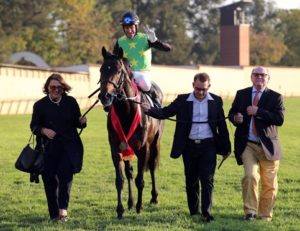 As for trainers, jockeys and owners who had expressed disappointment with the performances of certain horses, did he have any suggestions?
As for trainers, jockeys and owners who had expressed disappointment with the performances of certain horses, did he have any suggestions?
“When I first raced at Scottsville (many years ago) the bias actually favoured the high draws. Clearly this has changed over the years but, if there is a defence, at least the bias these days is consistent and owners; jockeys; trainers and punters know where they stand – unlike so many other tracks where the bias seems to change from one week to the next!”
In closing, he said that Gold Circle were delighted with the condition of Scottsville at the present time.
“Obviously we would prefer there to be absolutely no bias at all, but I have to confess we have not yet found the remedy to address that successfully, as there is no measureable physical evidence of such a bias””


